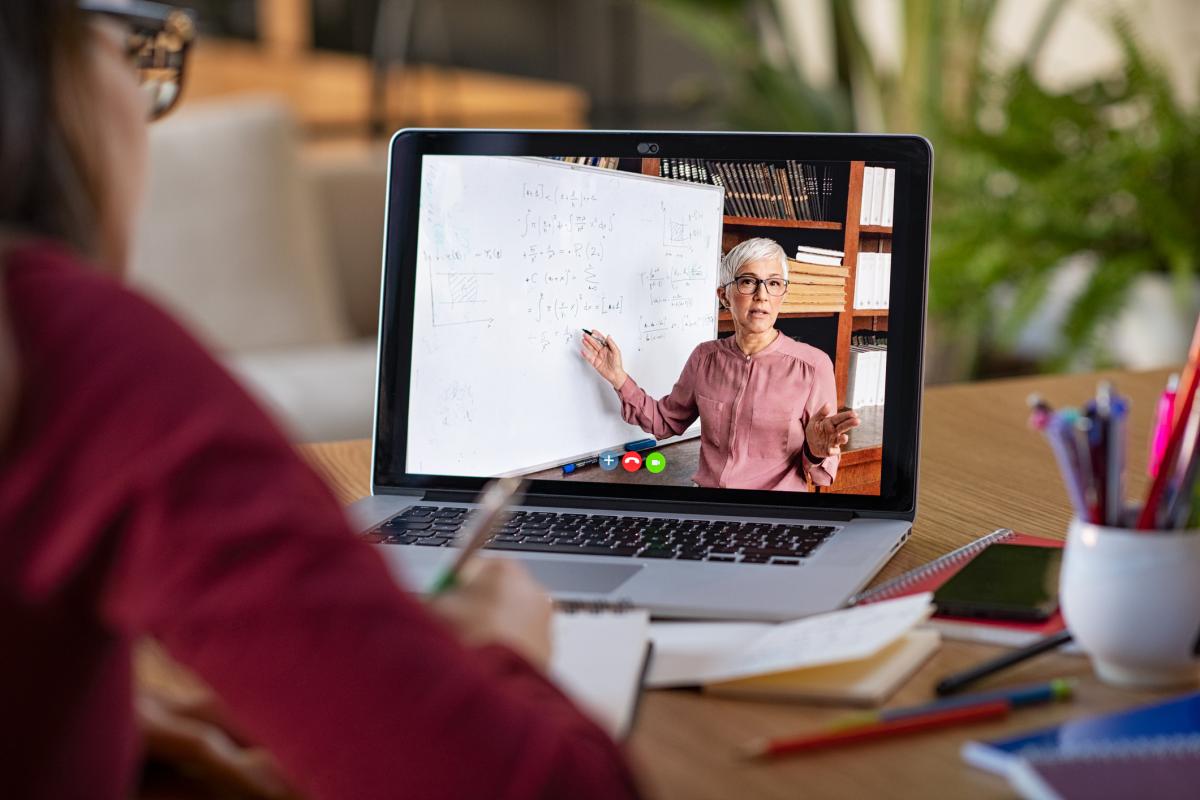
Will remote learning lead to families leading even less private lives online?
In the new normal that’s establishing since the coronavirus outbreak, schools & colleges are trying to pivot to the online mode of education. Campuses are practicing social distancing measures, but even on the largest campuses, classes cannot be conducted without breach of these guidelines. The solution? Virtual learning.
Remote learning is not a completely alien concept. After all, we’re already using online learning tools & database management systems to track, record & communicate the progress of schoolwork. But as remote learning enters mainstream education, more & more time will be spent online.

Stay online, stay safe?
As our internet usage increases, kids get exposed to the virtual world for longer durations than ever before. They’ll browse online, connect with friends, study & attend classes online, and all these activities are in addition to the hours they’ve already been spending online all these years.
This raises a lot of concerns, especially from parents, who are terrified at the prospect of juggling the kids’ study schedules with their own disrupted lives. Do the kids have access to classes, study materials, and uninterrupted internet? Are they safe when they are browsing & studying online?
These concerns – related to privacy – are very genuine. The pivot to remote learning is creating a breeding ground for predators & bullies who will try to take advantage of the vulnerable populations online, and children are on the top of that list. So how do we combat these threats?

Communication is key
Everyone involved in this process – children, parents, educators, social workers, school authorities – should open lines of honest communication. Parents should talk to their kids about how they can ensure privacy. This talk should cover everything from the greater threats like accessing predatory content or giving out personal details, to something seemingly innocuous like the teacher recording a lecture.
The children need to be trained in identifying these red flags & the teachers should be at the forefront, taking measures to create a safe virtual space for children. For children, even switching on their video camera during a class can be triggering or uncomfortable. But the younger ones may lack the vocabulary to express that.
The schools should keep certain things optional – like joining with a video on – and offer flexibility through a blended learning approach. Keeping some lectures pre-recorded or asynchronous can help, too.

Prioritize children wellbeing
When making policies about classes, account for the weakest link. Do you have students in areas with a bad network? No access to technology? Try to keep the study material downloadable, video pre-recorded.
Account for children who may have been through trying circumstances, or who are adjusting to the situation but not coping very well due to the circumstances at home, in families, or individually.
Peer connection is very important in times like this, so forums that are being used by the classmates should be encrypted & protected.

Check out the tools
One of the biggest privacy & safeguarding concerns is that schools might recklessly use tools & platforms that don’t adhere to privacy safeguards, or that collect data in an illicit manner.
So schools & parents can work together to identify the best-suited tools – there are many alternatives for each tool, take Zoom & you can replace it with Microsoft Teams, Google Meet, etc – choosing one that serves the purpose while upholding privacy & safety standards should be a collaborative effort to safeguard all forms of remote learning, including remote language learning.
In addition, having a VPN (Virtual Private Network) on every device that you own, using Password keepers, avoiding unsecured Wifi connections, and running anti-virus software on your devices can also help. If you need to find out about the security of a new app or platform, try looking at portals like Common Sense Media or Electronic Frontier Foundation.
–
The technology vetting process should be carried out everywhere – at home, at schools, on personal devices, as well as in school systems.



